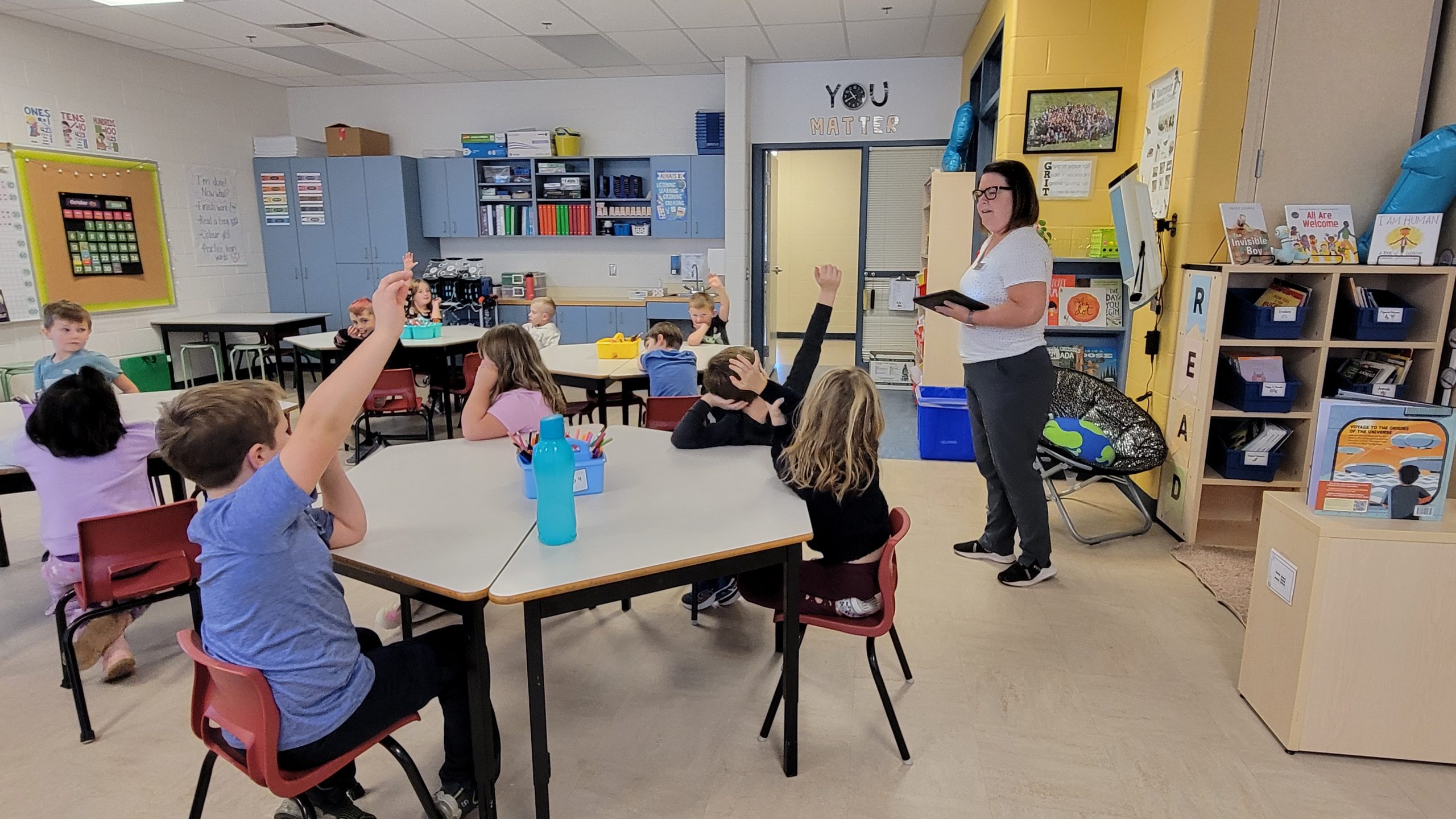In a month that featured both a week and a day promoting digital citizenship—Oct. 14-18 and Oct. 23, respectively—the district’s commitment to developing cyber-savvy students remains strong.
We brought you a story in June about ASD-W’s technology passport booklet program, an initiative that has middle-school students using personalized booklets to record learning on nine crucial technology topics: coding, creative credit, digital media production, identity, making & building, Office 365, privacy, search, and security.
This October, elementary students in various district schools were introduced to coding, thanks to kid-friendly teaching tools introduced by the district’s digital learning leads.
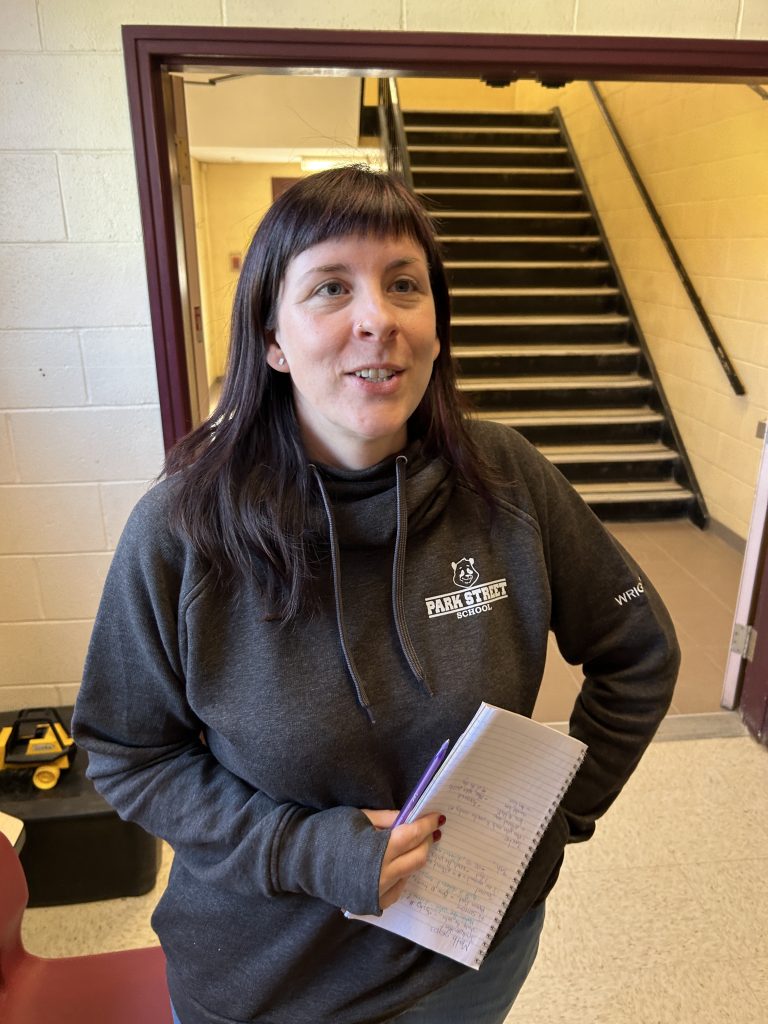
“This week, my students are working on building Halloween decorations that they are also going to code, so that they either light up or move,” said Courtney Wright-Hanson, a Grade 3 teacher at Park Street Elementary School.
Wright-Hanson’s students created Halloween dioramas, parts of which were hooked to motors, lights, and speakers to create motion, visual events and sound. Students programmed the motions on tablets using a program developed by the British Broadcasting Corporation (BBC) called BBC micro:bit.
Micro:bit
According to the BBC, “The BBC micro:bit is a pocket-sized codable computer with motion detection, a built-in compass and Bluetooth technology, which was given free to every child in year 7 or equivalent across the UK in 2016.”

“The micro:bits are really powerful computers,” said ASD-W Digital Learning Lead Jeff Whipple, who gave a talk on the program to teachers at the LearnEast 2024 education workshop at Bliss Carman Middle School this past August. “Courtney caught on to this idea with the Halloween theme after attending our summer conference.”
“I thought, hey, what do my children really love? Halloween,” said Wright-Hanson. And, she said, no matter how her students perform academically “all are really good at tech. So that this is a project where everybody can win.”
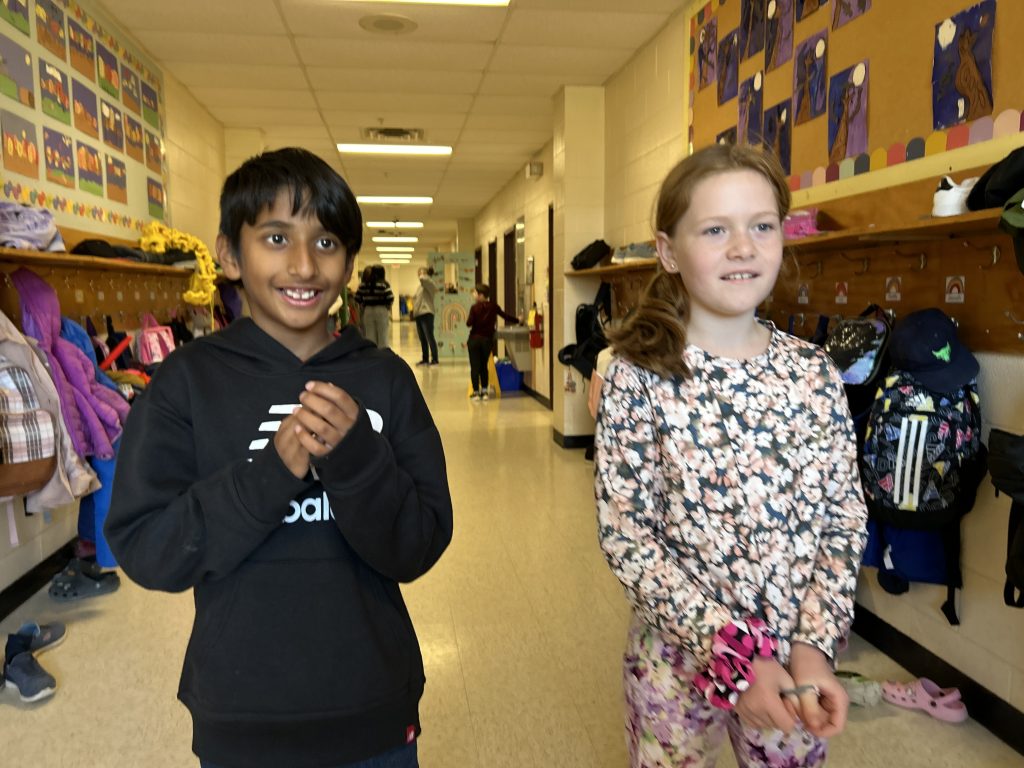
Grade 3 classmates Solana B. and Aziz S. were working hard on a haunted house.
“If you go to the front door, there’s going to be a Frankenstein. And then, on the second story, there will be a ghost moving side-to-side and back,” said Aziz.
“I really like the project we’re doing. I like the servo motors and the lights,” said Solana, who said she initiated her group’s haunted house diorama. “It was my idea at first and I had the idea of the ghost in the window.”
When the students are finished their projects, “we are going to invite the whole school to do a little walk on Halloween to showcase their projects,” Wright-Hanson said.
Tale Bot and ScratchJr.
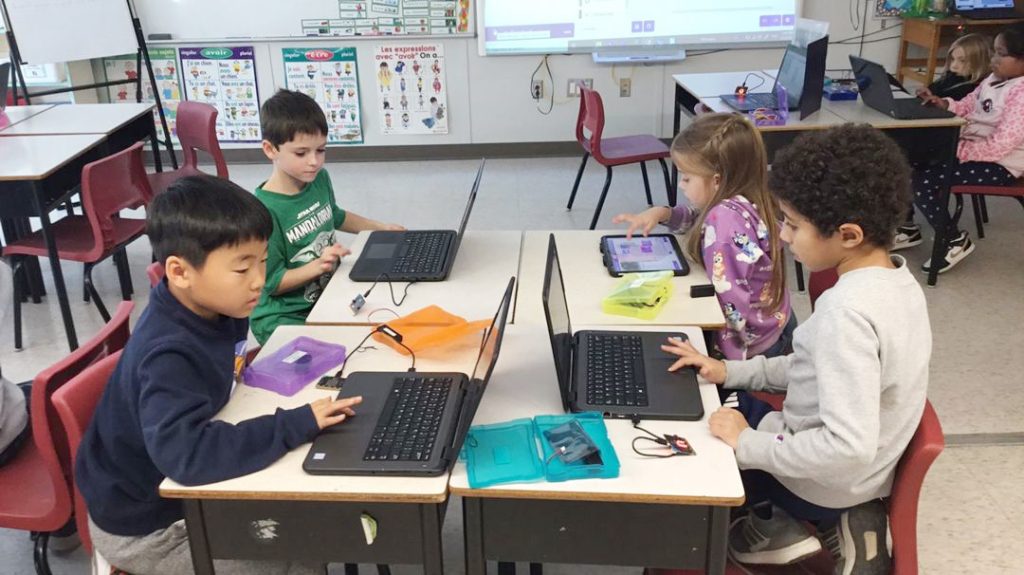
“My hope is that students come away from this week with a foundational understanding of how technology can be a tool for creativity, problem-solving, and collaboration,” said ASD-W Digital Learning Lead Lindsey MacLean, who worked on coding with students at Cuffman Street Elementary using the Tale Bot program. “Building an early awareness of responsible and purposeful technology use is essential as young people become active participants in an increasingly digital world.”
Over at Lincoln Elementary Community School, Grade 1 and 2 students created animation using the ScratchJr. learning program.

“ScratchJr is an introductory programming language that enables young children (ages 5-7) to create their own interactive stories and games,” according to the program’s creators, Boston College’s DevTech Research Group and the Scratch Foundation.
“My goal is to introduce them to coding and recognizing that it’s all around us, and hopefully give them an interest in it later on in life, because we all know that’s where our world is headed,” said ASD-W Digital Learning Lead Yvette Seeley-Jones.
Her students are fast learners, she said. “They’ve only had one session so far and you see how much they can do already.”
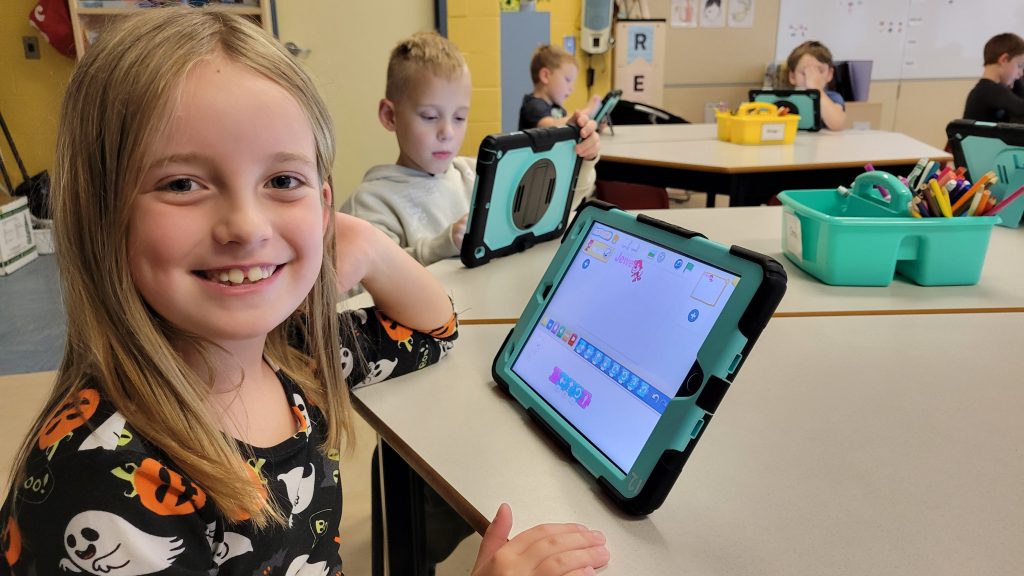
Grade 2 students Emmett F. and Jewel R. showed a keen aptitude for programming, making their sprites—ScratchJr.’s term for animated characters—float around their tablet screens directed by a series of logic commands.
Both are tech savvy for their ages and have impressive plans for their futures.
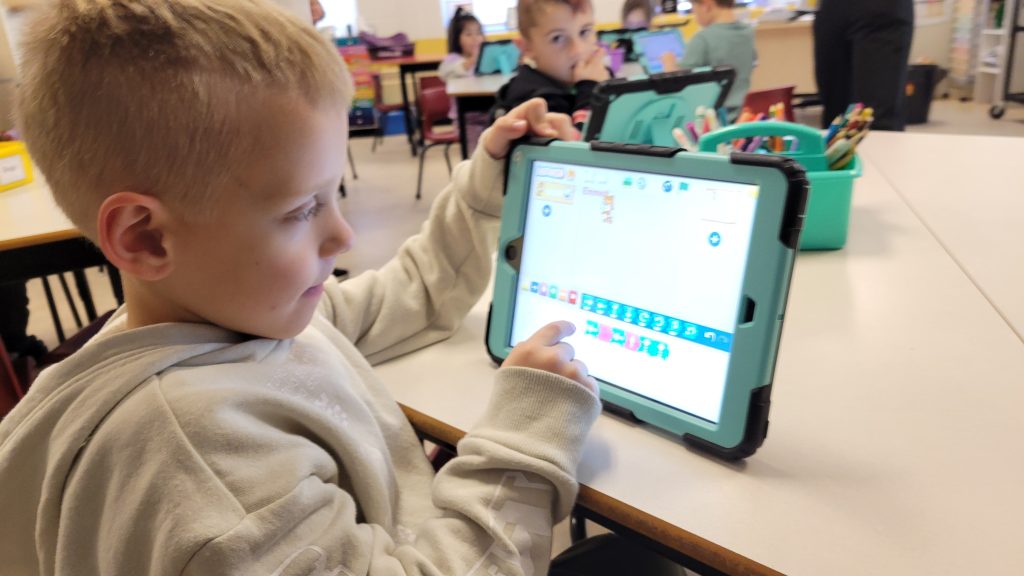
“I’m good at coding and I’m going to make my very own iPad,” said Emmett, while Jewel’s aspiration was equally impressive: “I really want to be a scientist and art girl when I grow up.”

